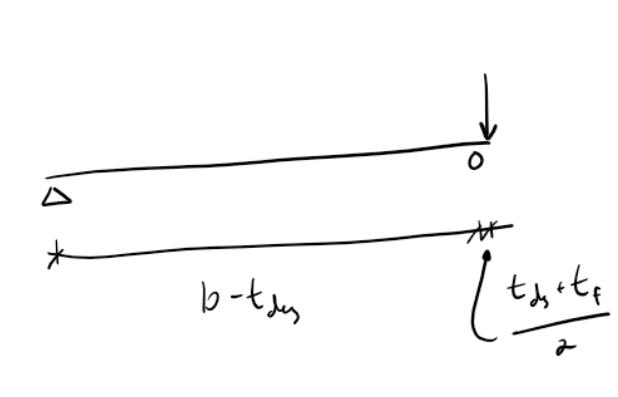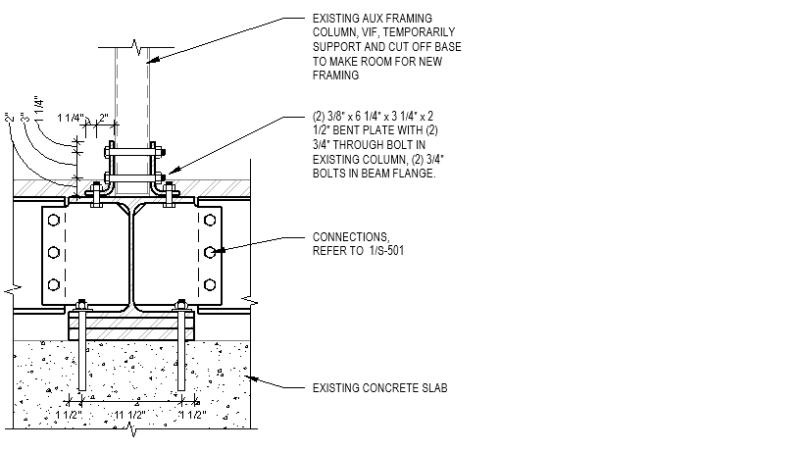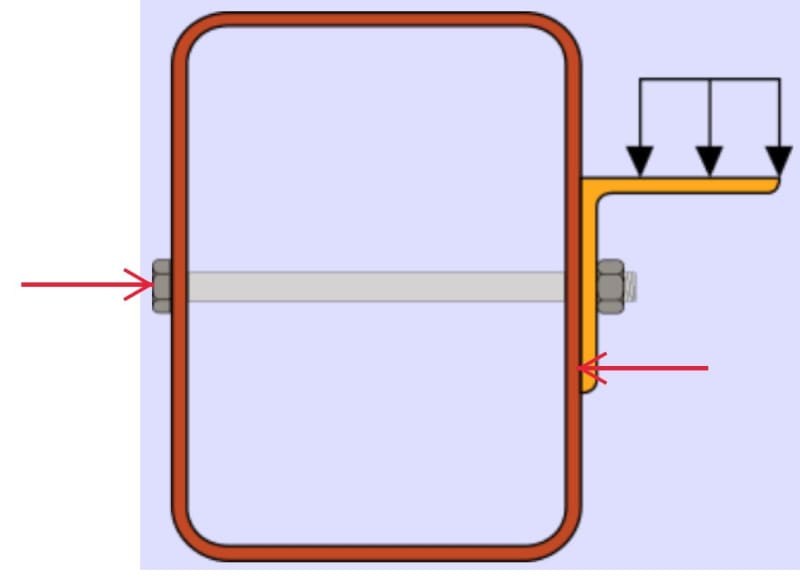Hi again yall,
Why does manual page 7-13 eq 7-15, Rn = 1.8nFydt, give me half the value of specification J7(a) eq J7-1, Rn = 1.8FyApb? I'm looking at AISC 360-10 14th edition
n = number of fasteners
d = fastener diameter
Fy = yield strength
t = design wall thickness
Apb = projected area in bearing (basically equal to 2dt since it's double shear)
My bet is the manual equation is wrong. The specification is correct. But I'd like your thoughts because maybe I'm missing something here.
Why does manual page 7-13 eq 7-15, Rn = 1.8nFydt, give me half the value of specification J7(a) eq J7-1, Rn = 1.8FyApb? I'm looking at AISC 360-10 14th edition
n = number of fasteners
d = fastener diameter
Fy = yield strength
t = design wall thickness
Apb = projected area in bearing (basically equal to 2dt since it's double shear)
My bet is the manual equation is wrong. The specification is correct. But I'd like your thoughts because maybe I'm missing something here.




